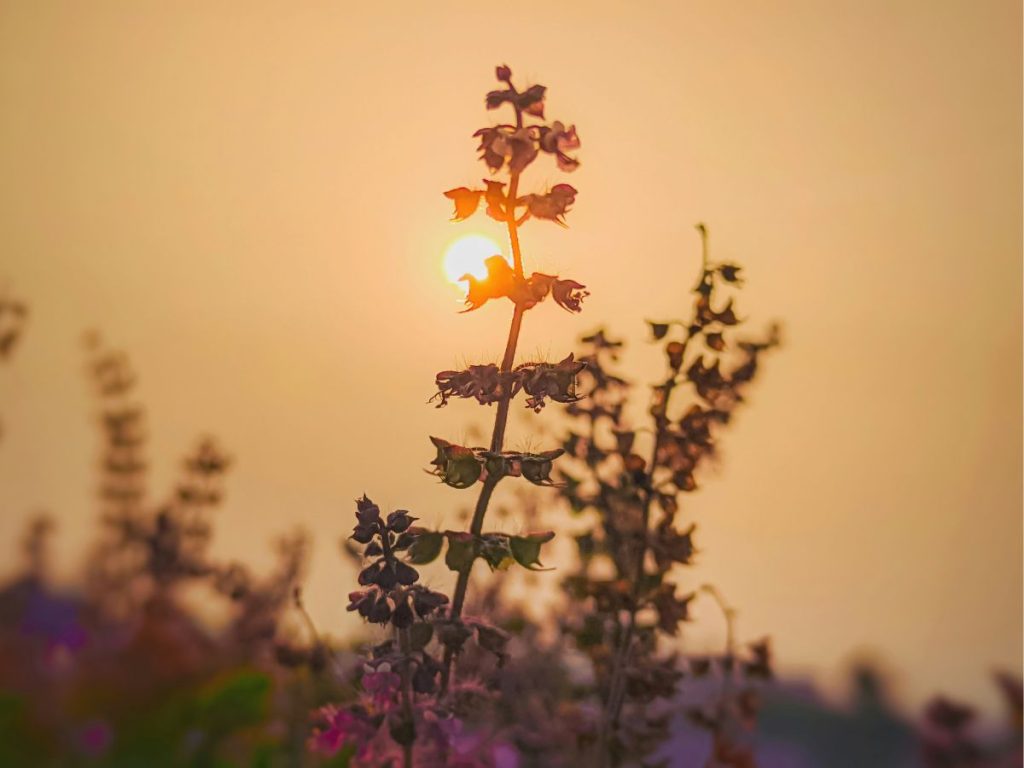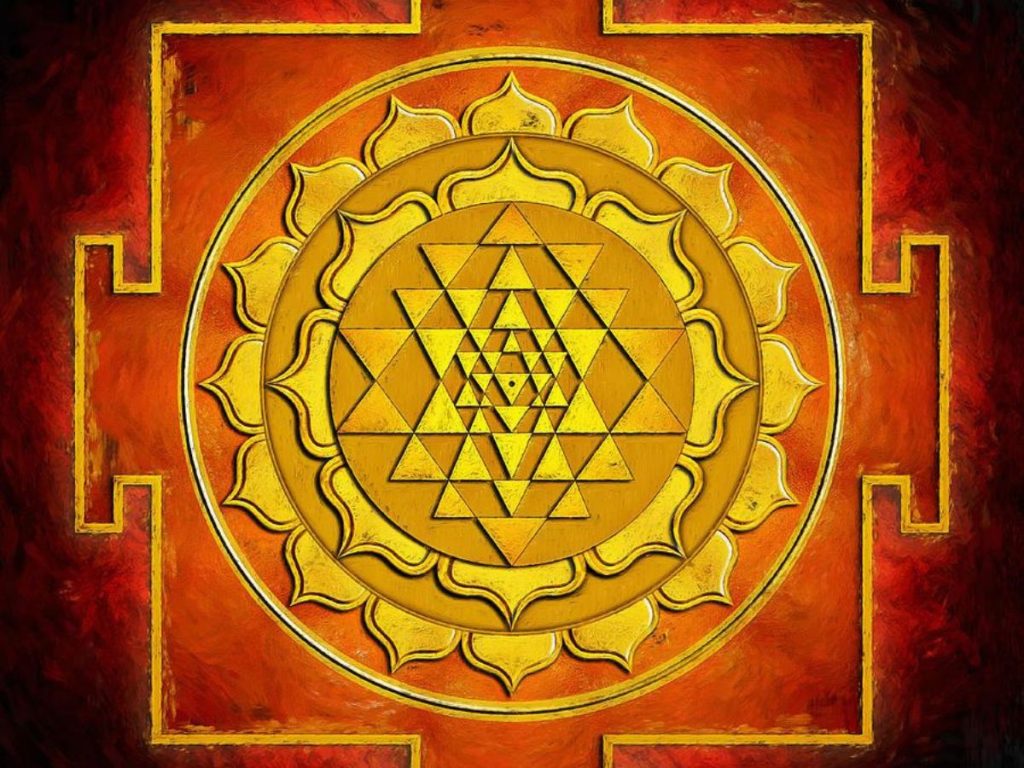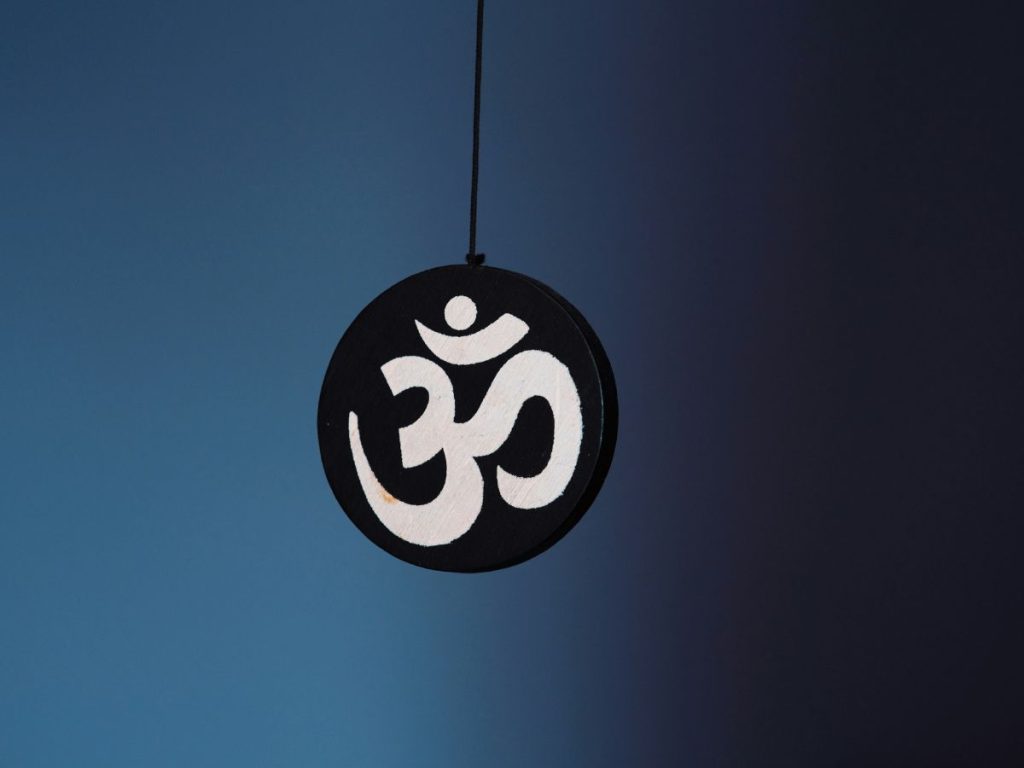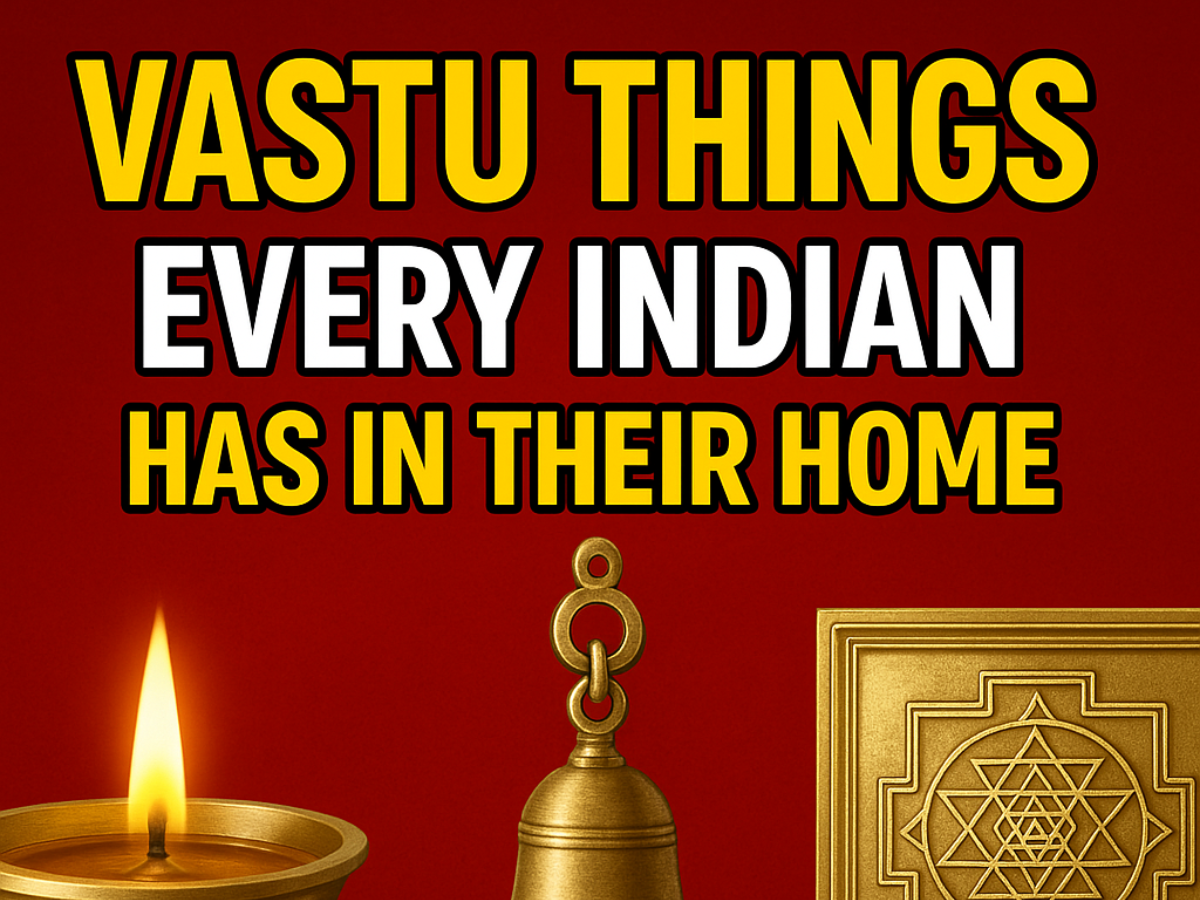Vastu Shastra—the ancient Indian science of architecture—has been guiding Indian households for centuries. From urban apartments to rural homes, the principles of Vastu are embedded in our cultural DNA. While modern design trends come and go, certain Vastu items have stood the test of time. They’re not just symbols of belief—they also reflect harmony, prosperity, and positive energy.
In this blog post, we’ll dive deep into three Vastu things every Indian has in their home and understand their significance, placement, and energetic influence. Whether you’re deeply spiritual or simply seeking balance in your living space, these Vastu items are more than decorative—they’re functional tools of well-being.
Also Read: 3 Items Every Indian Has in Their Home
1. Tulsi Plant – The Sacred Herb of Purity and Positivity

If there’s one Vastu item that transcends regional, linguistic, and even religious boundaries in India, it’s the Tulsi plant (Holy Basil). Revered for its spiritual and medicinal value, Tulsi is a staple in countless Indian homes.
Why is the Tulsi Plant Important in Vastu?
Vastu Shastra places immense emphasis on the natural elements—earth, water, fire, air, and space. Tulsi perfectly aligns with all five. It’s believed to purify the environment, emit oxygen-rich air, and absorb negative energies.
Vastu Guidelines for Tulsi Placement
- Ideal Direction: North, North-East, or East of the house.
- Avoid: South or South-West, as it’s considered inauspicious.
- Best Practice: Keep it in a clean, raised planter. Water it daily, and ensure it’s never neglected.
Vastu Benefits of Keeping Tulsi
- Attracts positive vibrations and spiritual protection.
- Acts as a natural air purifier, especially when kept near windows.
- According to Ayurveda, it strengthens immunity and reduces stress.
Cultural Significance
In Hindu tradition, Tulsi is not just a plant—it’s worshipped as Goddess Lakshmi, the consort of Lord Vishnu. Many Indian homes conduct a daily ritual around the Tulsi plant, often lighting a diya (lamp) in front of it in the evening, inviting peace and prosperity.
2. Vastu Pyramid or Yantra – Energy Correctors for Every Home

The second Vastu item you’ll commonly find—especially in homes conscious of energy alignment—is a Vastu Pyramid or Vastu Yantra. These geometric tools are believed to rectify imbalances and enhance the flow of cosmic energy.
What is a Vastu Pyramid or Yantra?
A Vastu Pyramid is a miniature 3D structure, often made of copper, crystal, or plastic, designed according to sacred geometry principles. A Yantra, on the other hand, is a 2D or 3D mystical diagram that represents cosmic energies. Both are used as energy correctors.
Vastu Placement of Pyramids/Yantras
- Direction: Depends on the purpose.
- North-East: For spiritual upliftment and clarity.
- South-West: To reduce negativity and financial blocks.
- Center of home (Brahmasthan): To stabilize the energy grid.
- North-East: For spiritual upliftment and clarity.
- Tip: Do not place these items in cluttered or dirty areas.
How Do They Help?
- Neutralize Vastu doshas (architectural flaws).
- Enhance mental clarity and focus.
- Promote prosperity, peace, and spiritual growth.
- They are often used near cash boxes, entrances, and study tables.
Who Uses Them?
From new-age homeowners to traditional Vastu consultants, Vastu pyramids and Yantras have gained widespread popularity. People even carry miniature ones in wallets, cars, or wear them as pendants for personal energy protection.
3. Swastik and Om Symbols – Ancient Signs of Auspiciousness

You’ve likely seen a Swastik or Om symbol at the entrance of Indian homes, drawn with turmeric, kumkum, or chalk. These are not just religious symbols; they are potent Vastu enhancers.
The Power of Sacred Symbols in Vastu
In Vastu Shastra, symbols like Swastik and Om serve a dual purpose. They ward off negative energies and invite divine blessings. Swastik is especially known for its association with Lord Ganesha and the energy of beginnings and protection.
Vastu Placement of Swastik and Om
- Entrance Door: Drawing or pasting Swastik near the main door is said to block negative influences.
- Pooja Room or Temple Wall: Om symbol enhances spiritual vibrations.
- Office Spaces: Both symbols are often seen near accounting desks or lockers.
Vastu Benefits of These Symbols
- Protect against evil eye and negative intentions.
- Invite good fortune, success, and harmony.
- Strengthen the energy field of the entrance.
Regional Variations
- In South India, you’ll find Kolam or Rangoli at entrances with similar symbolic energy.
- In Western India, people draw ‘Shubh Labh‘ alongside Swastik, denoting auspicious profits and blessings.
These symbols are timeless and versatile. Whether etched in metal, painted on walls, or crafted into wall hangings, their presence is deeply reassuring to anyone walking into the home.
Why These 3 Items Are Common in Every Indian Home
Despite regional diversity, urbanization, and changing lifestyles, these three Vastu elements—Tulsi, Pyramids/Yantras, and Sacred Symbols—remain prevalent. Here’s why:
They Represent a Blend of Science and Spirituality
Vastu Shastra isn’t just about blind faith. It’s a science based on geography, sunlight, airflow, and energetic grids. These items support well-being both psychologically and physically.
They’re Easy to Incorporate
None of these items require drastic structural changes. A plant, a symbol on the wall, or a small pyramid can transform the energy of a space—making them accessible and practical.
They Encourage Mindfulness
Daily rituals around these objects—watering the Tulsi, lighting incense near a symbol, or meditating with a Yantra—create moments of calm in our otherwise chaotic lives.
Final Thoughts: Harmonize Your Home, The Vastu Way
Vastu Shastra continues to be a guiding light for Indian homes, blending tradition with timeless wisdom. Whether you’re setting up a new apartment or renovating an old home, incorporating Tulsi, Vastu Yantras, and auspicious symbols can help balance the five elements and attract holistic well-being.
These aren’t just decorative items—they’re sacred allies in your journey towards peace, health, and prosperity.
So, the next time you walk through your home, take a moment to notice these subtle but powerful presences. They’re doing much more than you think.





